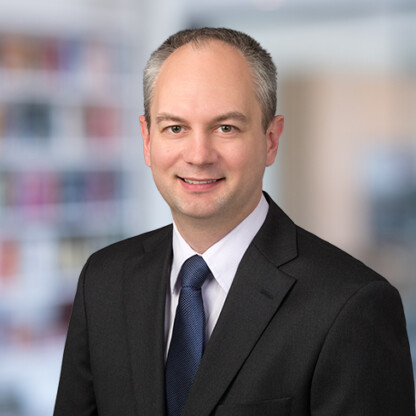Recent Insights Into Resetting Stem Cells Pave Way For Regenerative Medicine
On May 20 a major advance in stem cell and regenerative medicine was reported in Nature by a team from the Institute for the Advanced Study of Human Biology (WPI-ASHBi) at Kyoto University. The team, led by Dr. Mitinori Saitou, discovered a new way to recreate human germ cells by using induced pluripotent stem cells. Producing germ cells is of immense importance for treating infertility, which affects 1 in 6 people in their lifetime worldwide according to the World Health Organization (WHO).
One major hurdle for generating human germ cells by using induced pluripotency was how to remove the “memory” or epigenetic marks of mature cells – an event referred to as epigenetic reprogramming – so that the recreated human germ cells are ready for proper germ cell differentiation. Dr. Saitou’s team showed that erasing the epigenetic marks is possible by using the bone morphogenetic protein (BMP) signaling pathway and elucidated how this signaling pathway integrates with enzymes regulating epigenetic imprinting. While the results are not perfect and Dr. Saitou’s method could not remove all epigenetic marks, the reported insights certainly represent a major advance in understanding epigenetic reprogramming.
The stem cell field is poised for rapid growth and 2023 saw significant increases in pluripotent stem cell first-in-human clinical trials. The global market for stem cell technologies and therapies is projected to grow at an annual rate (CAGR) of 11.43% from 2024 to 2030. The report from Dr. Saitou’s team represents a new milestone for the already rapidly growing stem cell and regenerative therapy field and may spur further growth.
Our study elucidates the framework of epigenetic reprogramming in humans, making a fundamental advance in human biology, and through the generation of abundant mitotic pro-spermatogonia and oogonia-like cells, represents a milestone for human in vitro gametogenesis (IVG) research and its potential translation into reproductive medicine.
View referenced article

